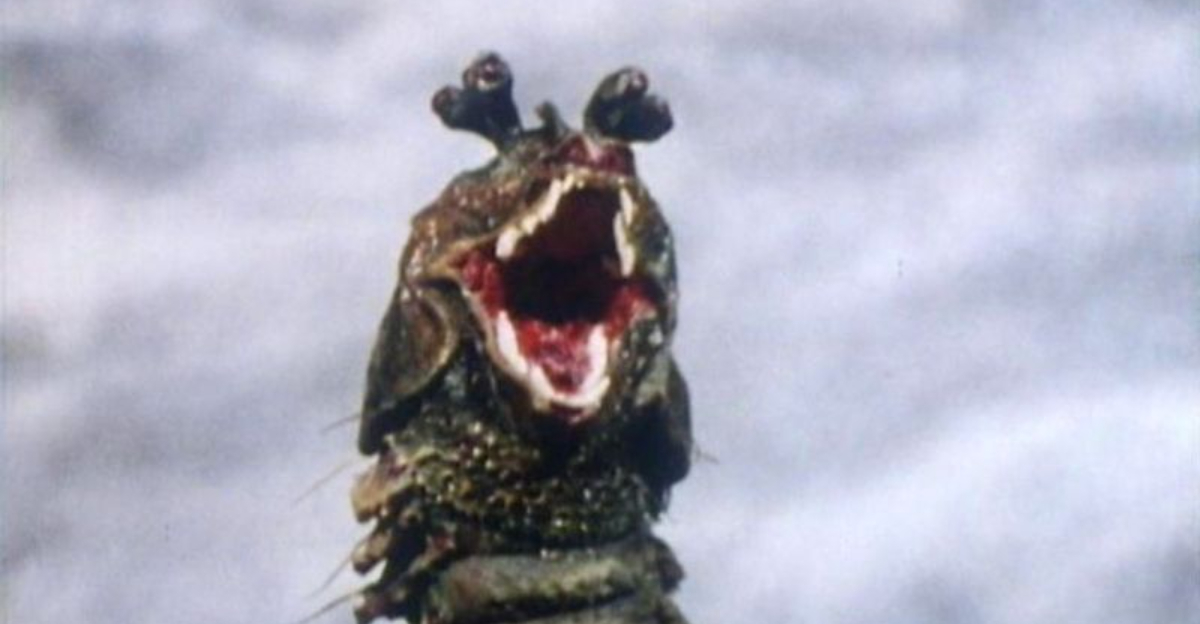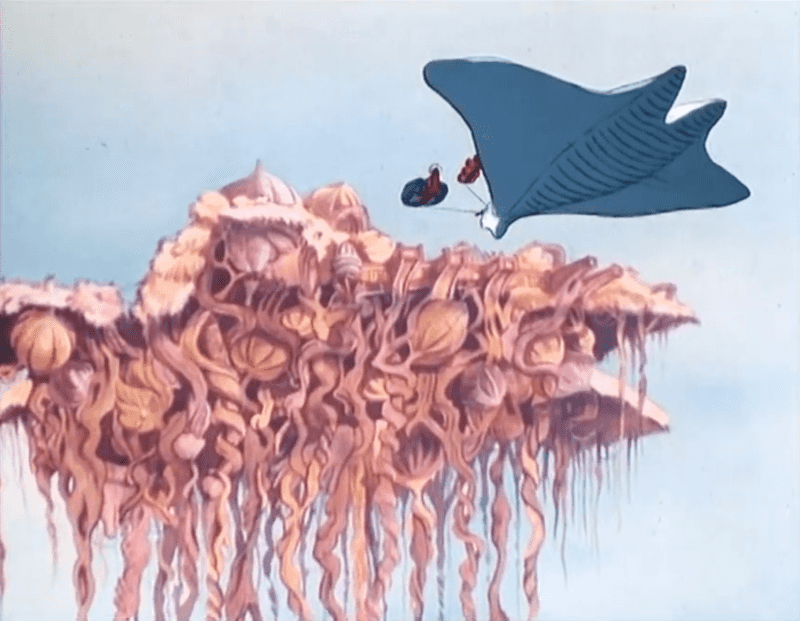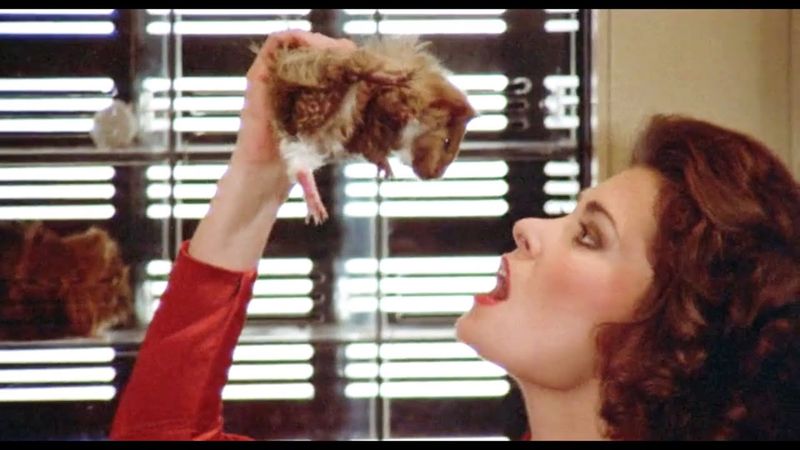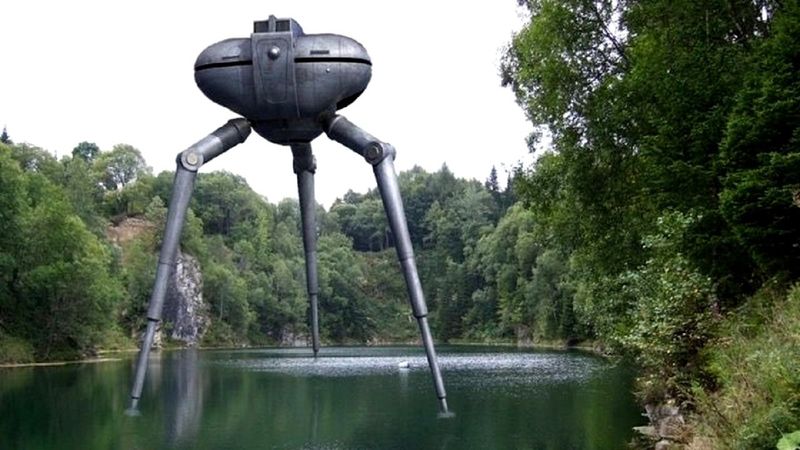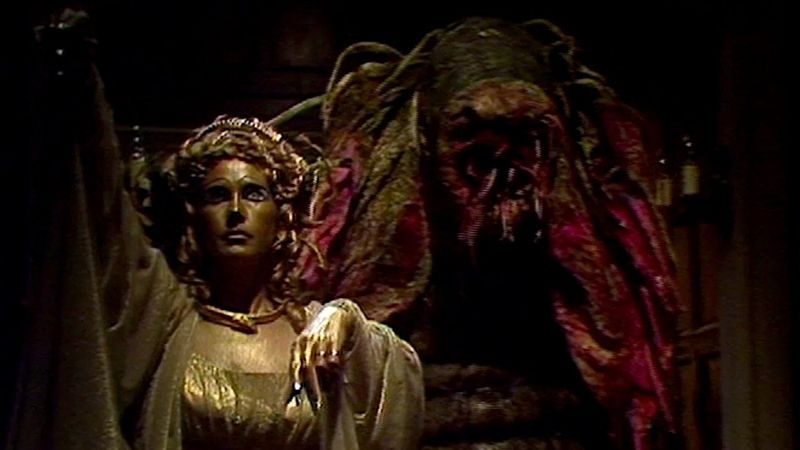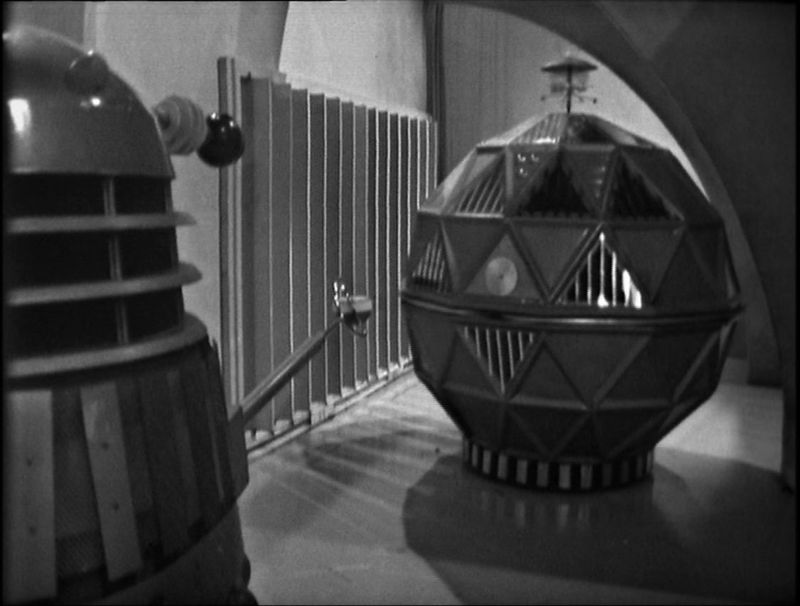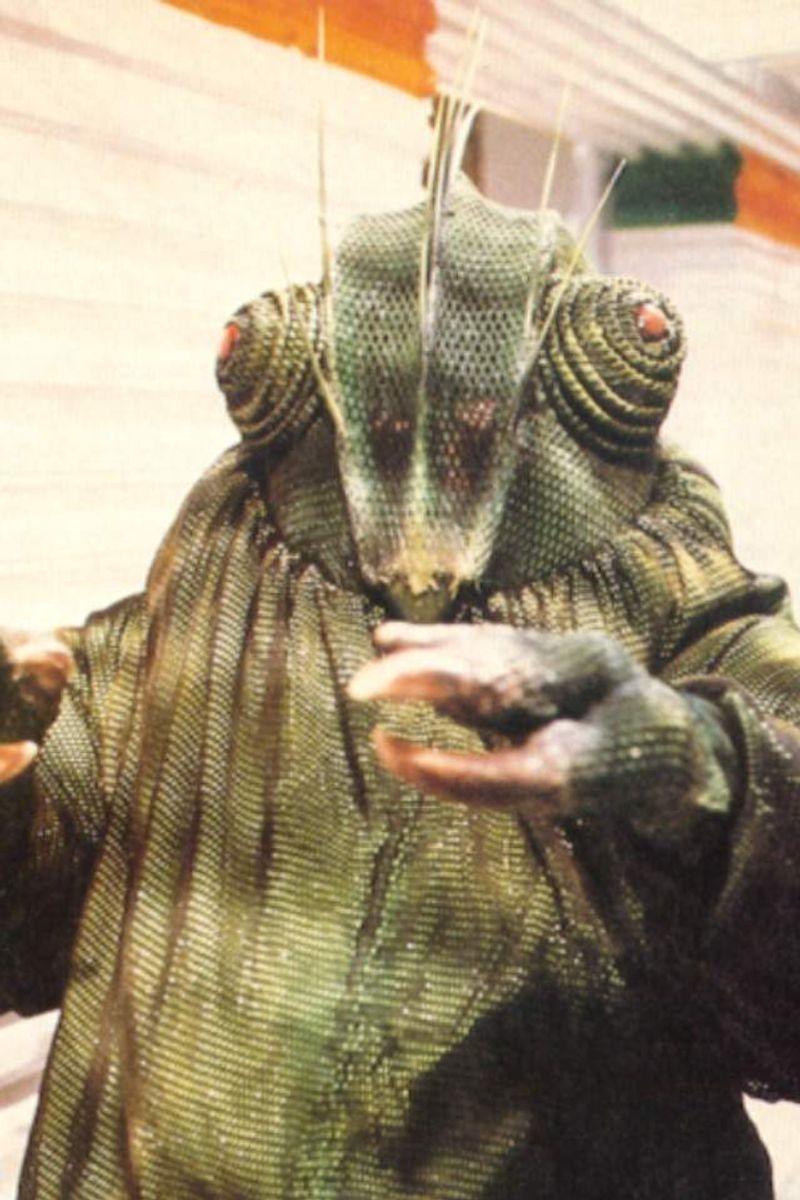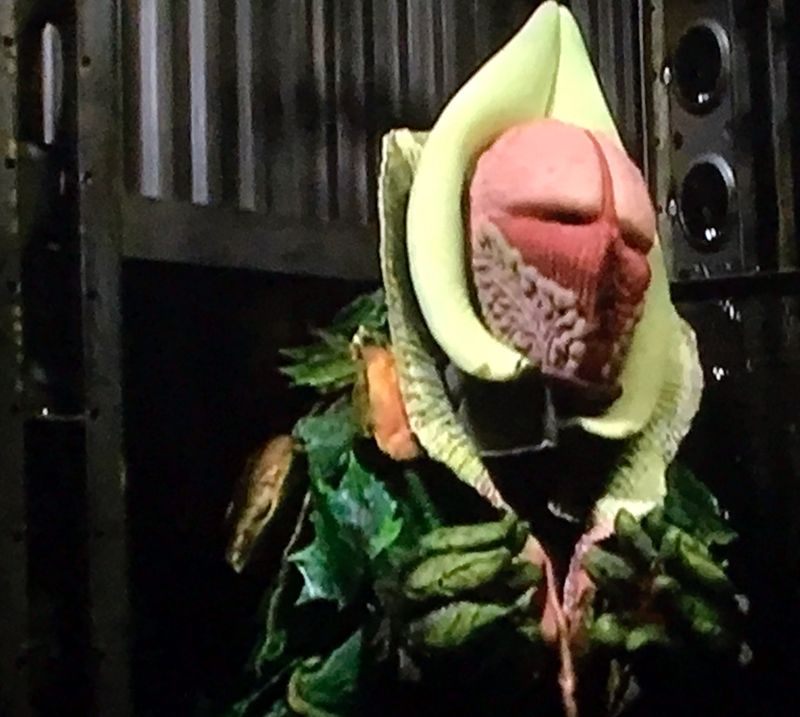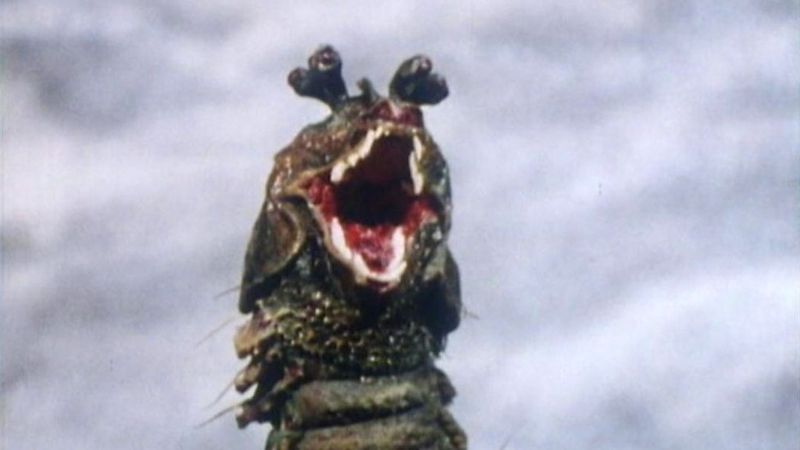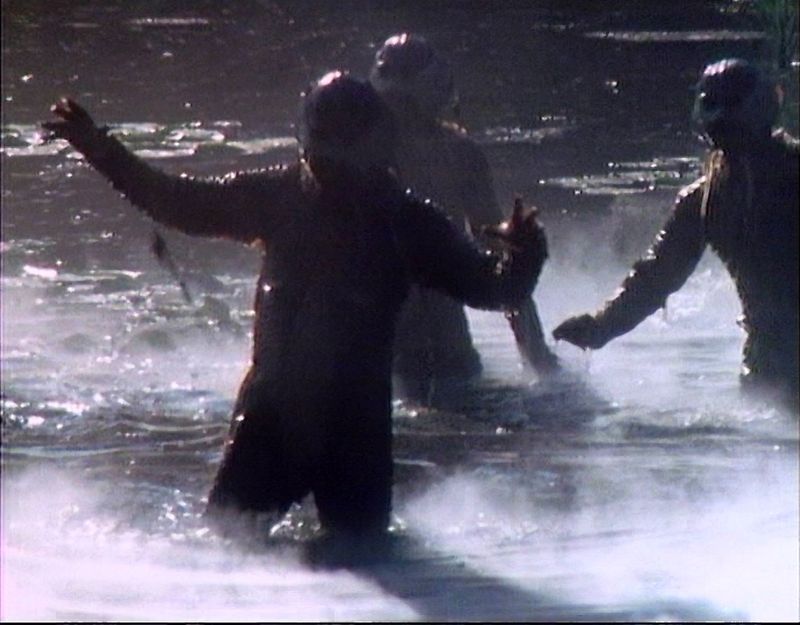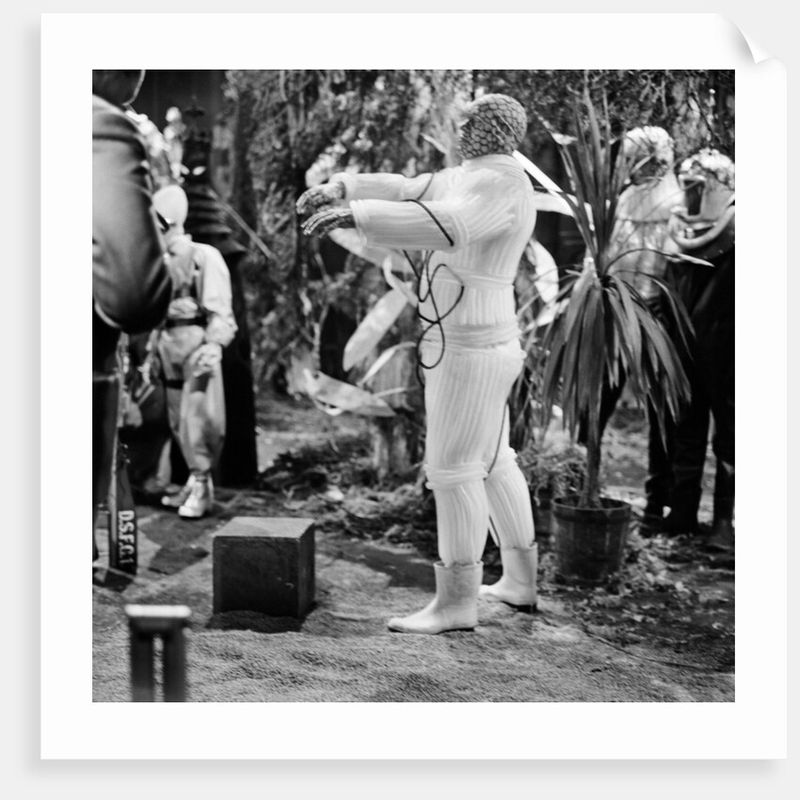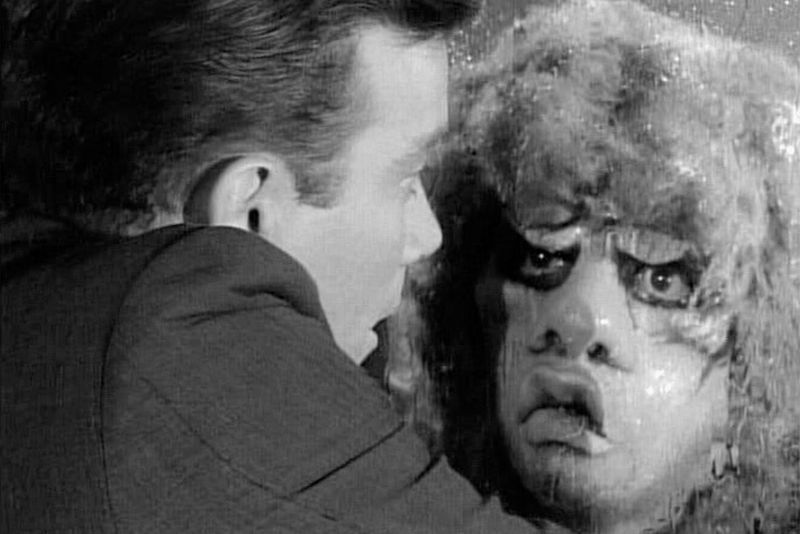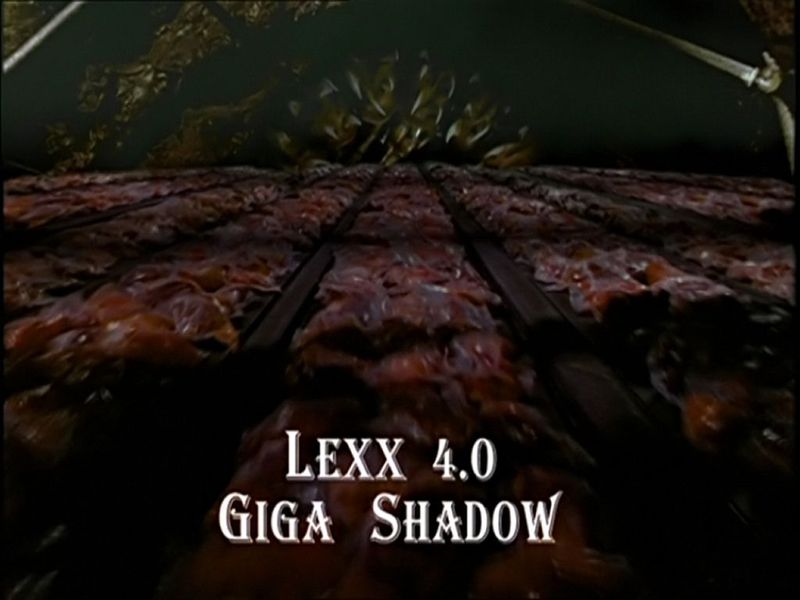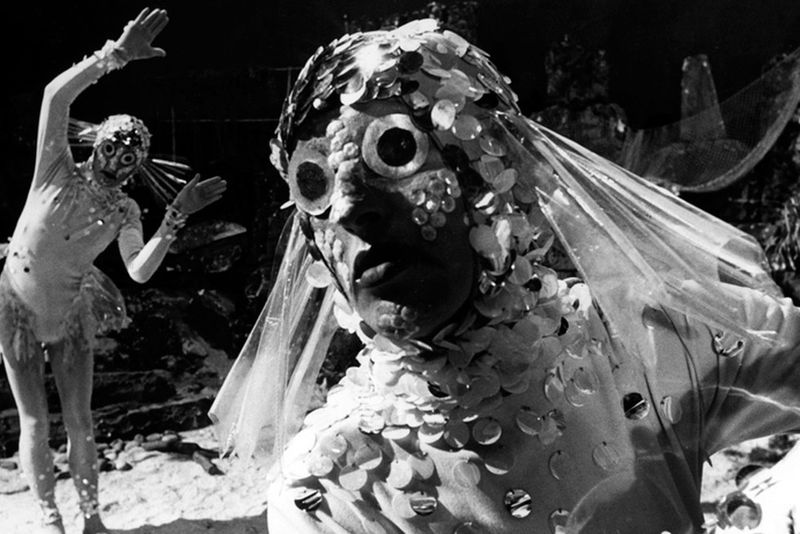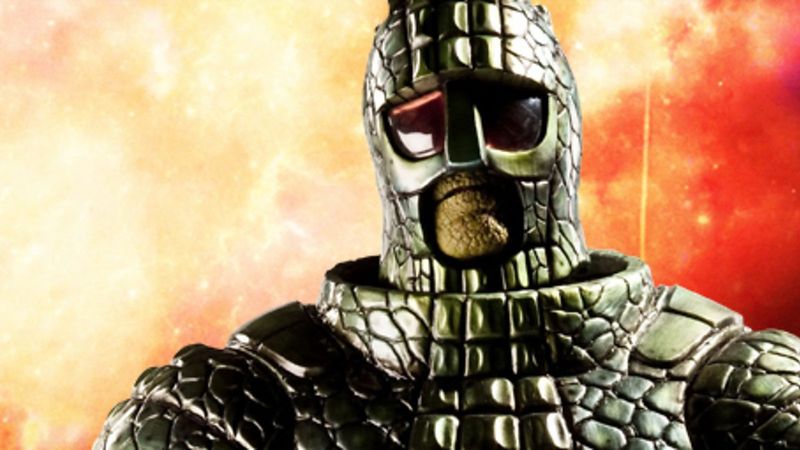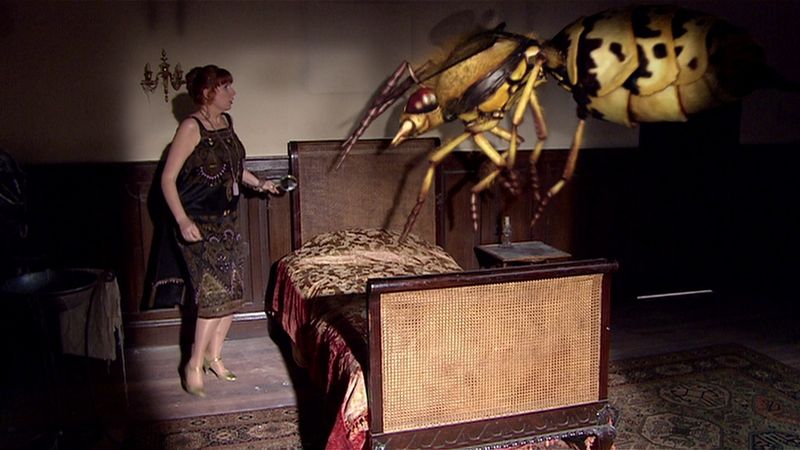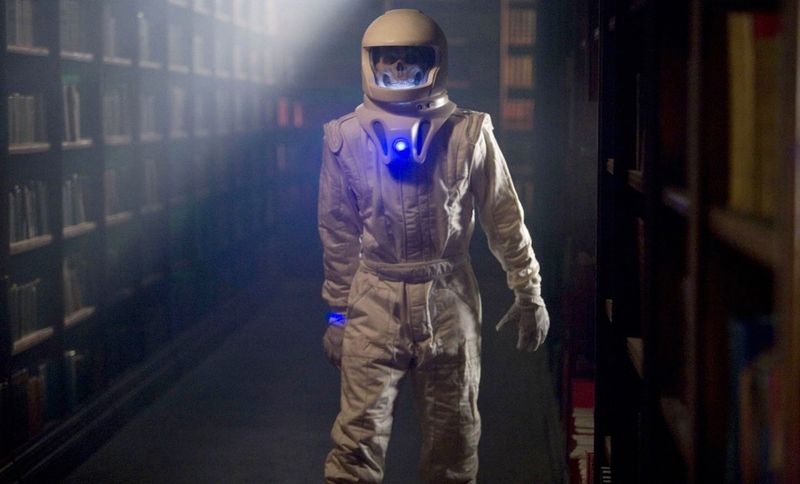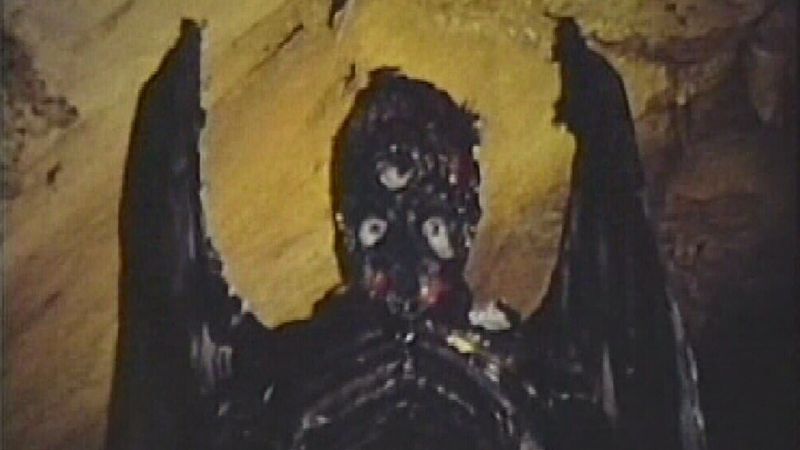The 1970s and 1980s were a golden era for sci-fi television, brimming with imaginative creatures that ranged from the bizarre to the downright unsettling. These decades introduced audiences to a plethora of strange beings, each leaving a lasting impression. Here’s a look at 18 of the strangest creatures to grace the small screen during that time.
1. Skywhales – Skywhales (1983)
Skywhales, featured in this British animated short, present a unique species: flying whale-like creatures integral to a tribal society’s life cycle. The fascinating twist involves members of the tribe metamorphosing into Skywhales upon death, blending themes of reincarnation and ecological symbiosis. This imaginative portrayal of life and death adds depth to the mystical creatures, evoking both awe and intrigue.
2. The Visitors – V (1983)
Disguised as benevolent humans, the reptilian aliens from ‘V’ aim to conquer Earth with calculated precision. Their true nature is shockingly unveiled in a chilling scene where a Visitor peels back her human facade to consume a live rodent, leaving audiences both shocked and fascinated. This revelation of deception and underlying menace made the Visitors standout antagonists in ‘80s sci-fi.
3. Tripods – The Tripods (1984–1985)
The Tripods, towering three-legged machines controlled by alien Masters, dominate Earth by “capping” humans to suppress free thought. Their imposing presence and the eerie control they exert make them unforgettable antagonists. The ingenious design and the chilling concept of mind control captivated audiences and highlighted the dystopian fears of the era.
4. Fendahl – Doctor Who (1977)
Originating from a now-destroyed planet, the Fendahl is a gestalt entity composed of a central core and multiple serpent-like Fendahleen. Their ability to influence human evolution adds a layer of psychological horror to their already terrifying appearance, making them a particularly disturbing entity within the Doctor Who universe. The creature’s mysterious origins and eerie powers continue to haunt viewers.
5. Mechonoids – Doctor Who (1965)
The Mechonoids, designed for colonization, end up imprisoning humans due to their rigid programming. Their bulky design and mechanical voices make them a peculiar addition to the Doctor’s list of adversaries. Despite their original purpose, their malfunction and subsequent threat to humans highlight the potential dangers of artificial intelligence gone awry, embodying the sci-fi concerns of the era.
6. Foamasi – Doctor Who (1980)
The Foamasi are reptilian in appearance and involved in corporate espionage and political intrigue. Their humanoid disguises and complex societal structures add depth to their character, making them more than just monstrous villains. The Foamasi’s ability to navigate and manipulate human society with ease adds a layer of sophistication to their menace, distinguishing them from other alien creatures.
7. Vervoids – Doctor Who (1986)
Plant-based humanoids created as a labor force, the Vervoids rebel against their creators, showcasing a dark twist on the concept of creation. Their floral appearance, combined with their lethal intent, creates a disturbing juxtaposition. The duality of their existence—as both beautiful and dangerous—highlights the complex nature of artificial life and the potential consequences of playing god.
8. Drashigs – Doctor Who (1973)
In the “Carnival of Monsters” episode, the Fourth Doctor encounters the Drashigs—enormous, carnivorous caterpillar-like creatures with dragon heads. Trapped inside a Miniscope, these intimidating beasts wreak havoc when they escape, showcasing the show’s flair for creating memorable monsters. Their ferocious nature and unique design left a lasting impression on viewers, making them a standout creature of ‘70s sci-fi.
9. Marshmen – Doctor Who (1980)
Emerging from the swamps of Alzarius, the Marshmen are amphibious beings that evolve rapidly, posing a significant threat to the inhabitants of a spaceship. Their transformation from primitive creatures to intelligent beings is both fascinating and terrifying. This rapid evolution serves as a metaphor for natural selection and adaptation, underscoring the unpredictable nature of evolution.
10. Varga Plants – Doctor Who (1965)
Seemingly harmless cacti from the Daleks’ home planet, the Varga Plants infect victims with a thorn prick, turning them into Varga plants themselves. This parasitic method of reproduction adds a layer of body horror to their menace, symbolizing the fear of losing one’s humanity to alien influences. The eerie transformation process captivates audiences, leaving a lasting impression of alien dread.
11. Gremlin – The Twilight Zone (1963)
In the iconic “Nightmare at 20,000 Feet” episode, a passenger sees a gremlin sabotaging the plane’s wing. This creature, visible only to him, plays on fears of unseen threats and personal sanity, making it a standout monster of the era. The psychological tension and atmospheric horror of the episode have cemented the gremlin’s place in the annals of sci-fi history as a symbol of paranoia.
12. Cluster Lizards – Lexx (1997)
Though slightly outside the timeframe, Cluster Lizards from Lexx are worth mentioning for their unique role as execution beasts. Their ability to curl into wheels and their vicious nature make them both fascinating and fearsome. These creatures embody the darker side of alien fauna, challenging audiences with their blend of brutality and alien elegance.
13. Fish People – Doctor Who (1967)
Transformed humans adapted to live underwater, the Fish People are enslaved by the Atlantean villain Zaroff. Their shimmering scales and tragic backstory evoke both wonder and sympathy, illustrating the duality of beauty and suffering. This transformation serves as a poignant reminder of the costs of power and the ethical dilemmas of genetic manipulation.
14. Ice Warriors – Doctor Who (1967)
Martian reptilian humanoids encased in armored suits, the Ice Warriors oscillate between antagonists and allies. Their hissing voices and imposing presence make them memorable figures in the Whoniverse. Their complex nature and shifting allegiances reflect the nuanced portrayal of enemies in sci-fi, where not all threats are purely evil but layered with moral ambiguity.
15. Vespiform – Doctor Who (2008)
Giant wasp-like creatures capable of human transformation, the Vespiform’s appearance in a murder mystery setting adds an unexpected twist. Their connection to human emotions and literature makes them uniquely intriguing, weaving an intricate web of identity and transformation. This blend of literary references and sci-fi elements enchants audiences with its inventive storytelling.
16. Vogans – Doctor Who (1975)
Inhabitants of the gold-rich planet Voga, the Vogans become targets for the Cybermen, who are vulnerable to gold. Their subterranean society and the strategic importance of their planet add depth to their narrative, offering a rich tapestry of intrigue and survival. The Vogan’s story arc explores themes of resistance and the fight for autonomy against technological oppression.
17. Vashta Nerada – Doctor Who (2008)
Microscopic creatures that live in shadows, the Vashta Nerada can strip flesh in seconds. Their unseen nature and the primal fear of the dark they invoke make them one of the most terrifying entities introduced. The chilling concept of invisible danger lurking in darkness resonates deeply with audiences, amplifying the horror of the unknown.
18. Zontar – Zontar, the Thing from Venus (1966)
An alien claiming to bring peace, Zontar instead seeks control, using mind-controlling “injecto-pods” to dominate humans. Its skeletal, bat-winged appearance and deceptive nature serve as a cautionary tale about blind trust. The manipulative tactics and eerie presence of Zontar linger in the memory, embodying the fear of false messiahs during a tumultuous era.
